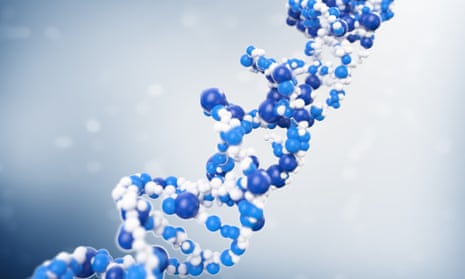In June 2013, the US supreme court held that mutant BRCA 1 human DNA, isolated from the human body, is not a patentable subject matter under US patent law. Last Friday, an Australian full federal court held that it is patentable subject matter under Australian patent law.
It would have been simple to distinguish the US supreme court’s decision on the basis that patent laws between the two countries differ: different legislatures, different statutes, different jurisdictions. Instead, the Australian full federal court took an unprecedented swipe at the US Supreme Court by suggesting that all nine justices of US supreme court had misunderstood the facts, the science and the law.
How did this happen?
To understand it, we have to go back to June 1988 when representatives of the European, Japanese and US patent offices came to an understanding about what to do with patents over DNA. It was less than two years after Genentech Inc had floated on the American stock market. Recombinant technology, invented by Professors Boyer and Cohen, enabled the production of pure human proteins using human sourced DNA. Patents granted over isolated human genetic material extracted from the human body, much like mining claims over alluvial gold, spurred a DNA gold rush.
Patent offices and patent attorneys and their customers, patent monopolists, wanted to cash in. Patent monopolies provided the perfect means to maximise revenues.
It did not take long before the first patent cases over disputed territory came before the courts. In 1989 in Britain, the court of appeal held that DNA was a discovery of nature and invalidated Genentech’s patent claims to the isolated DNA of human tissue plasminogen activator, a naturally produced human protein.
The European Patent Office, which had already granted patents over isolated DNA, was shocked by the British rebuke. It took immediate action. By 1998 the European parliament passed the European biotechnology directive, ensuring that the European Patent Office’s approach was mandated as law throughout the EU.
In the US, the Patent Office which had implemented the tripartite patent policy was granting thousands of patents over isolated human DNA. The policy had become entrenched around the world. It was wrongly assumed to be consistent with US patent law. In 1980 the US supreme court held that “anything under the sun made by man” was patentable, upholding a patent application to genetically modified bacteria that degraded crude oil.
By 2005 over 20% of the human genome was the subject of US patents.
Then in March 2010, the first shockwave hit the global biotechnology industry. A US district court judge held the patent claims over isolated BRCA genetic mutations invalid. They were not inventions. An appeal to the US federal circuit soothed fragile nerves. Then, a second US federal circuit appeal seemed to settle the issue. However, the US supreme court overruled it.
The US Supreme Court held that the isolation of DNA from a human being does not result in something that displays “markedly different characteristics from any found in nature”. It is not the same as a genetically modified bacteria that degrades crude oil. While that bacteria is the product of human ingenuity, the isolated BRCA gene mutations are not.
Since then, the US Supreme Court has been savaged by the patent monopolists. The US Patent Office, which has issued new patent examiner guidelines consistent with the decision, has been vilified.
Patents over human DNA, a material that nobody invented, will, as the US justices’, warn: “impede the flow of information that might permit, indeed, spur, invention.”
The Australian judges, in contrast, argue that: “This case is not about the wisdom of the patent system ... It is not about whether, for policy or moral or social reasons, patents for gene sequences should be excluded from patentability.”
Americans are now free to use DNA to develop new products. Australians are not. Neither are Europeans.
Which is the more desirable policy outcome?
I believe the US supreme court got it exactly right.
The British Statute of Monopolies of 1623, the first statutory expression of English patent law, was a product of economic policy. It sought to provide the ingenious with free and unfettered access to the store of common knowledge and property so as to reward the act of true invention. Human DNA regardless of its form, belongs to no one. No one invented it. And no one should be able to patent it.
